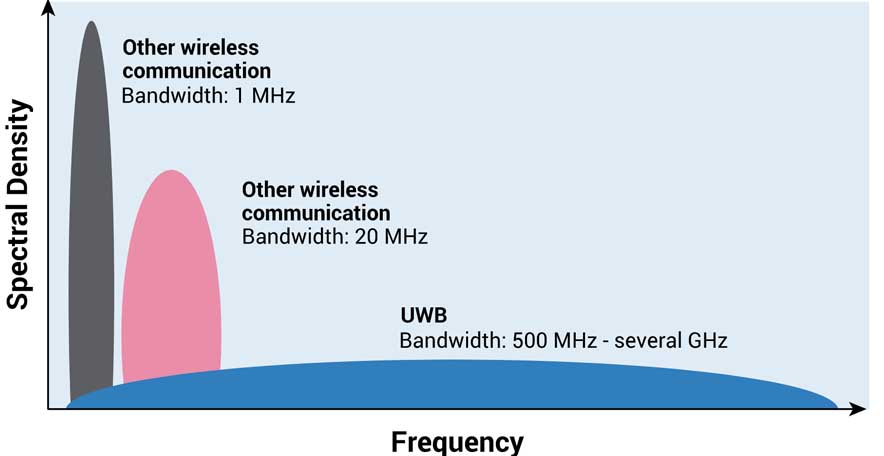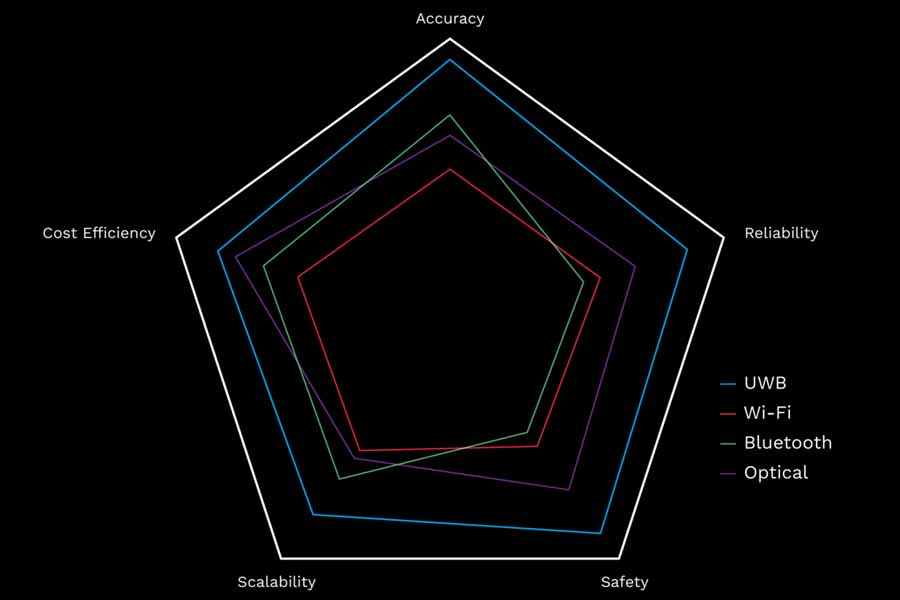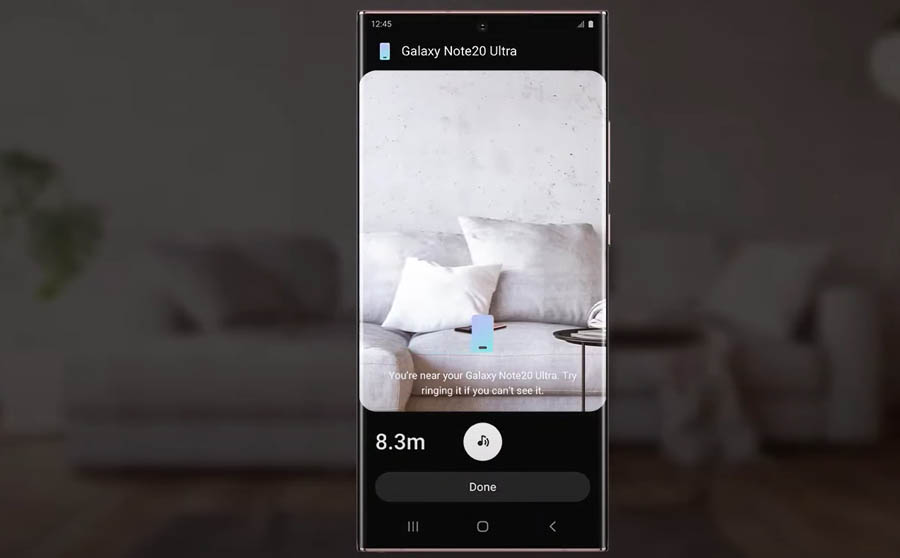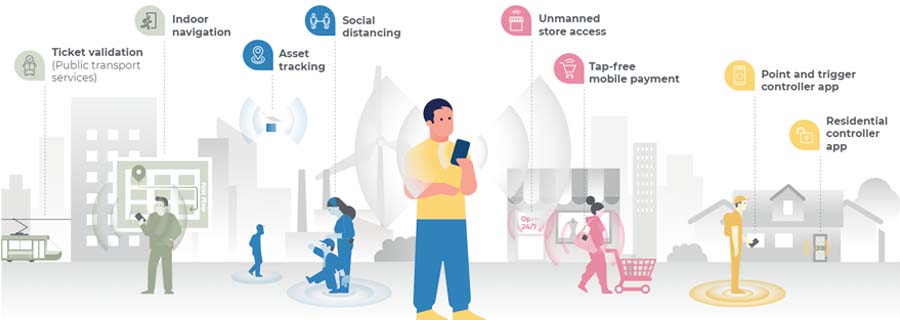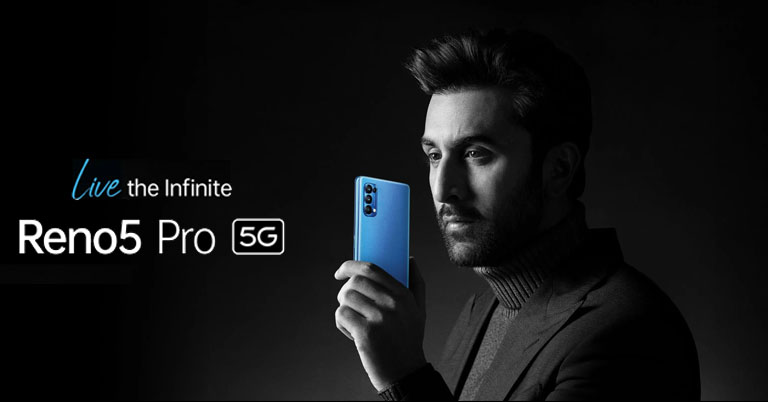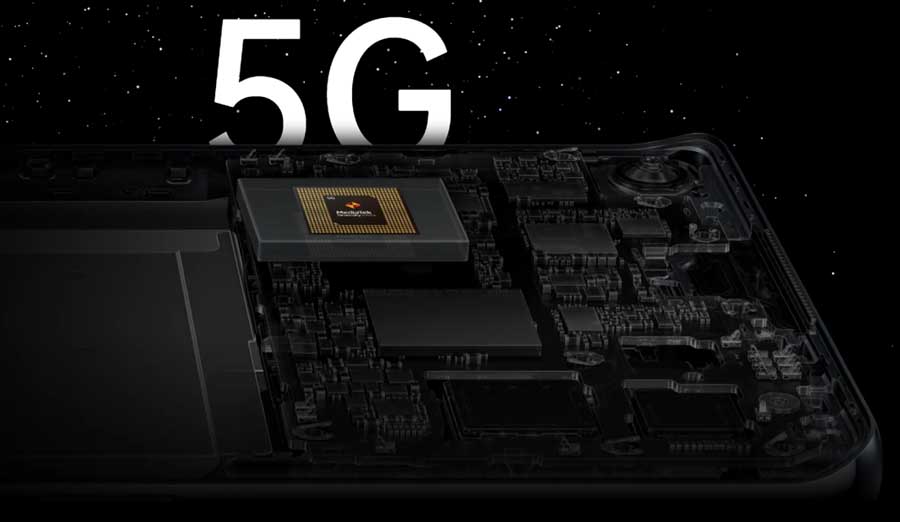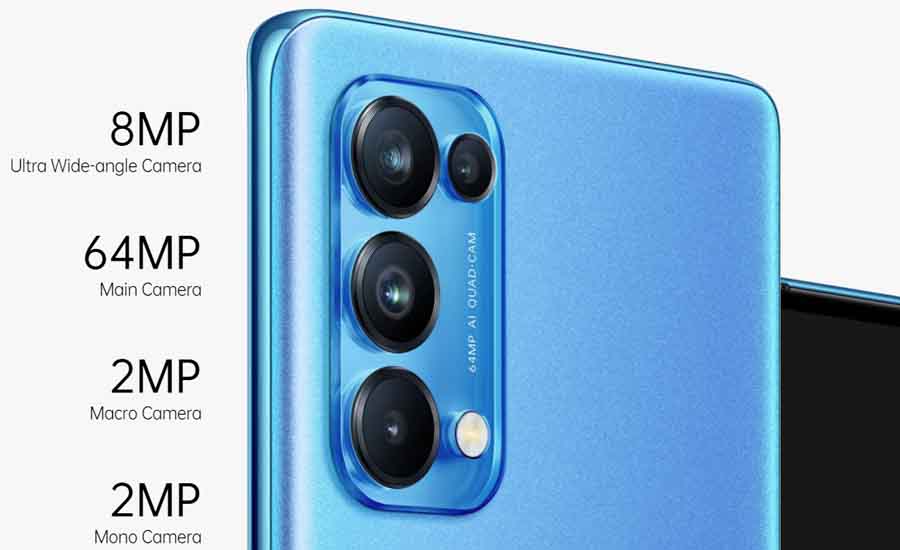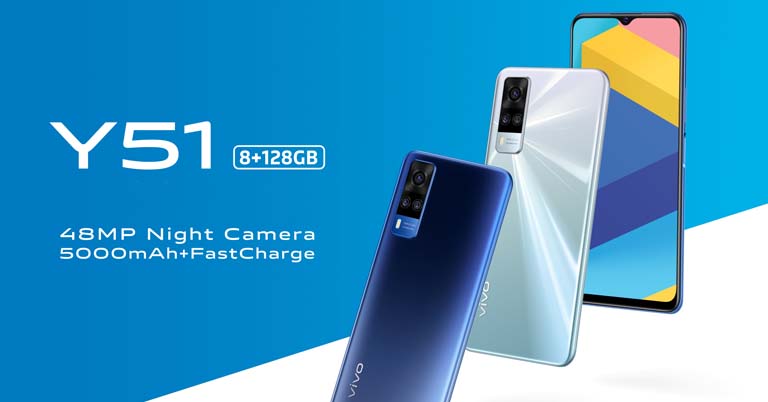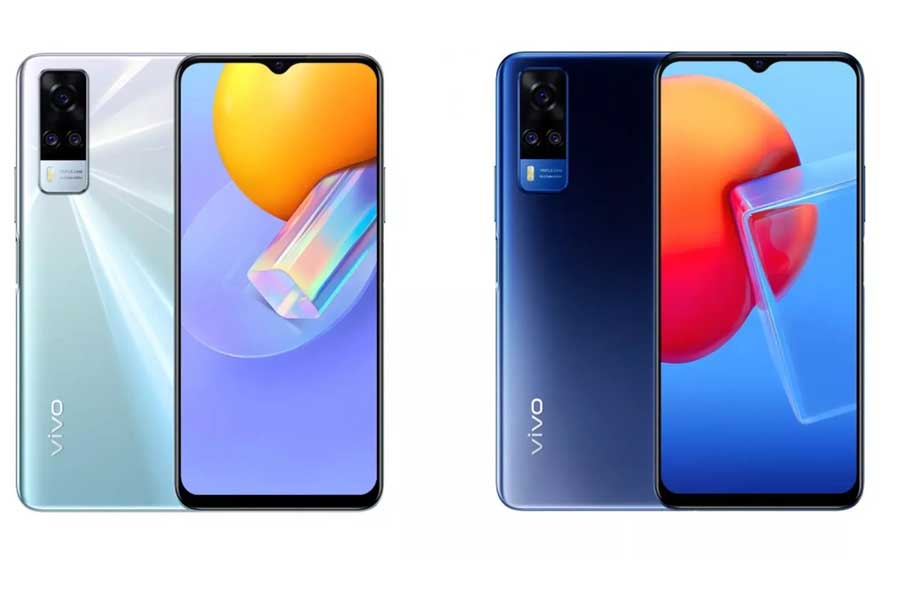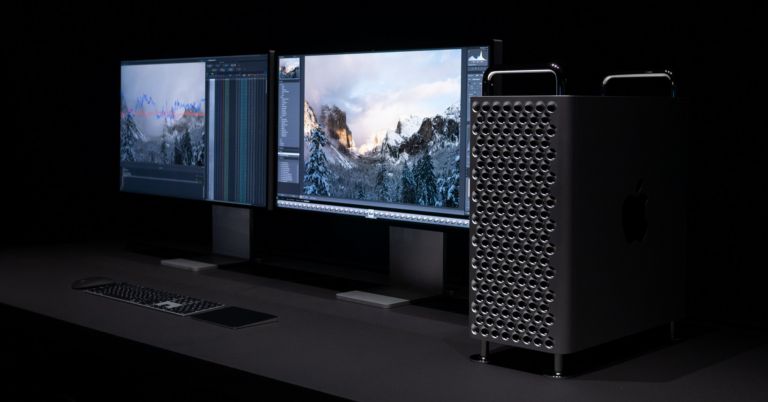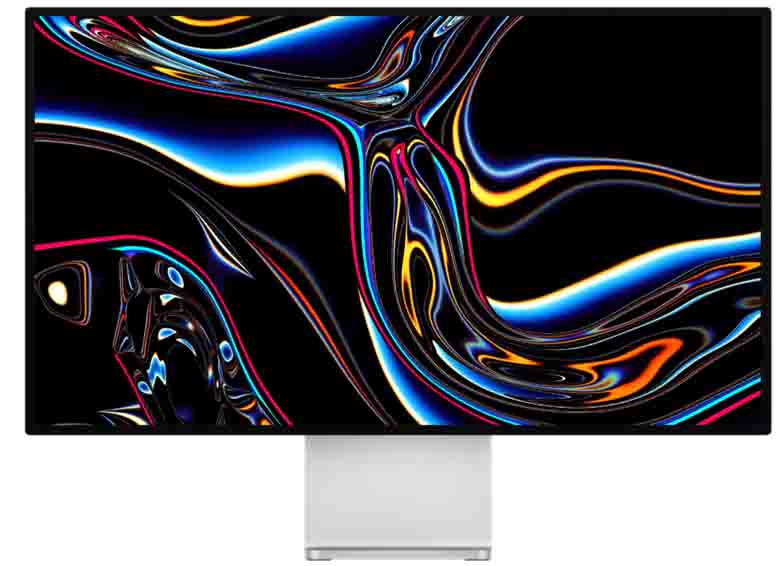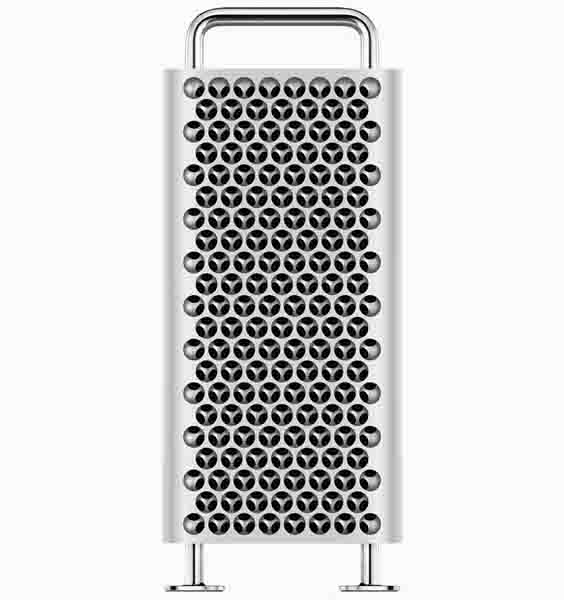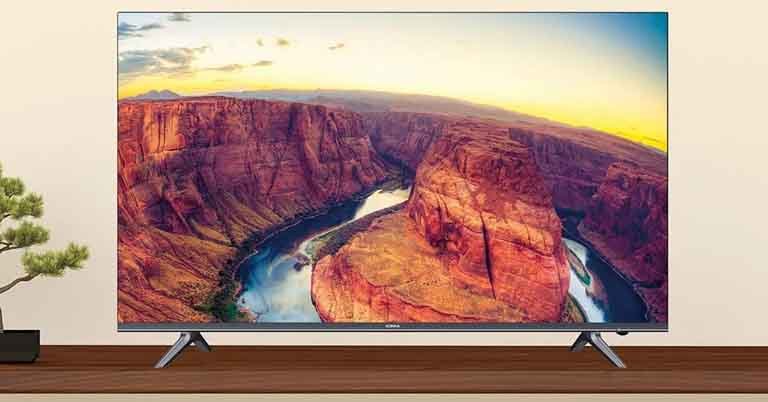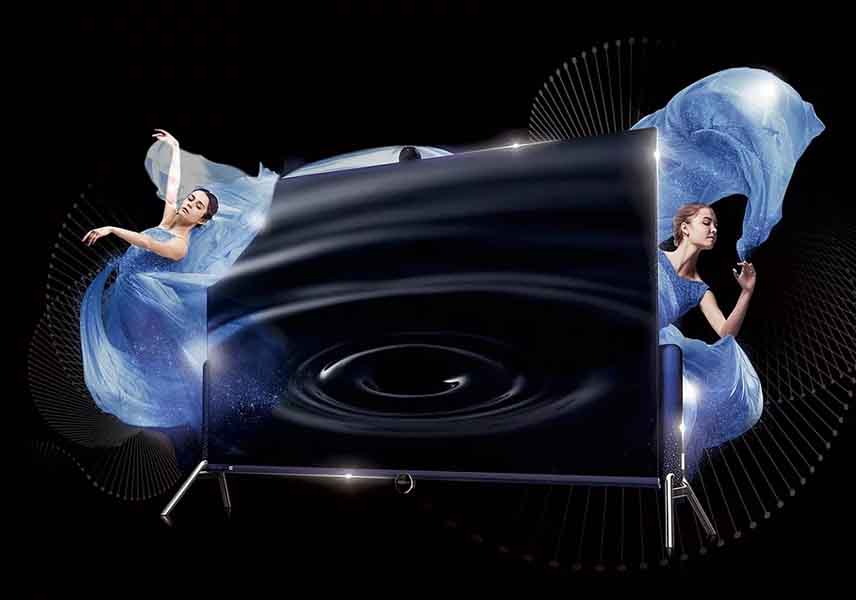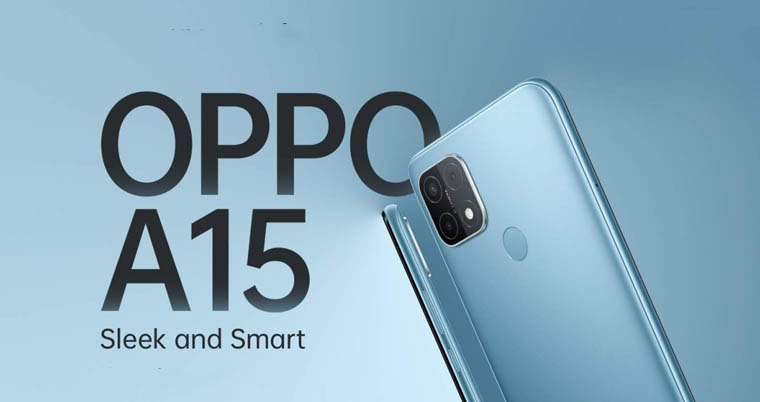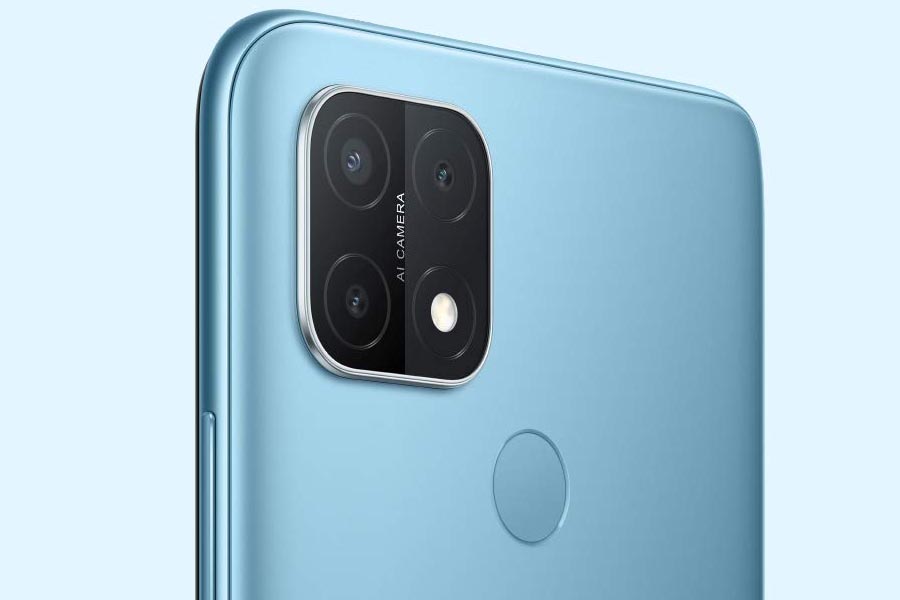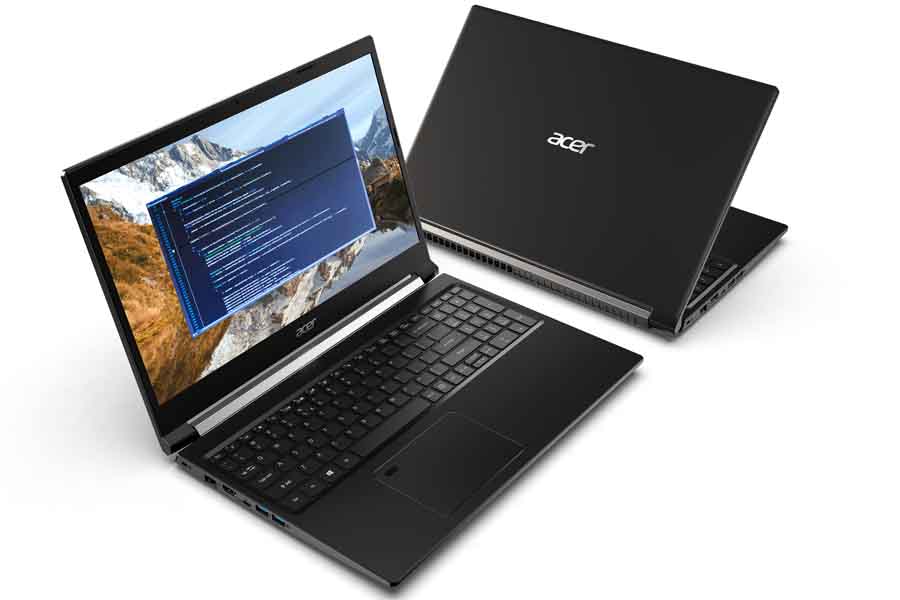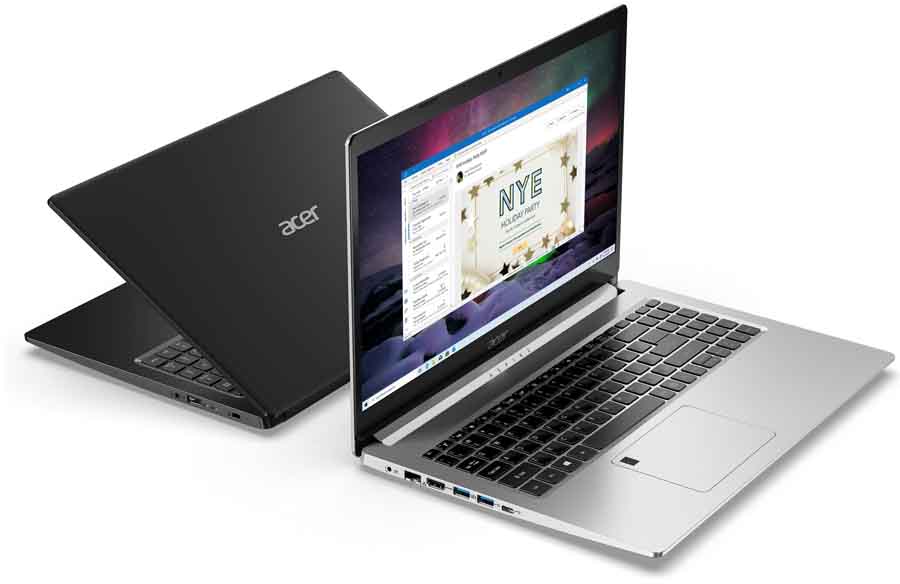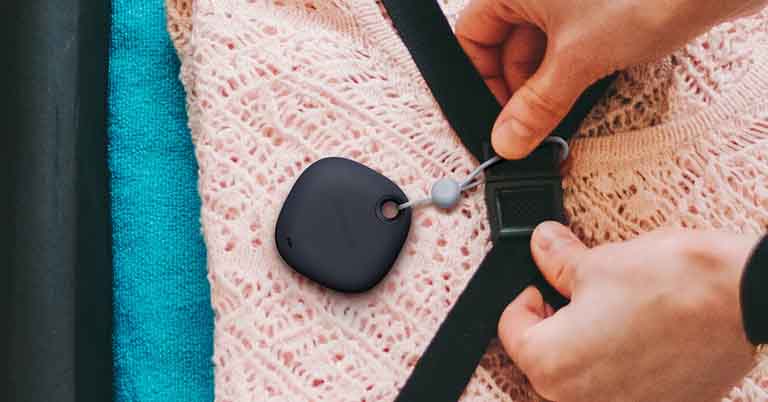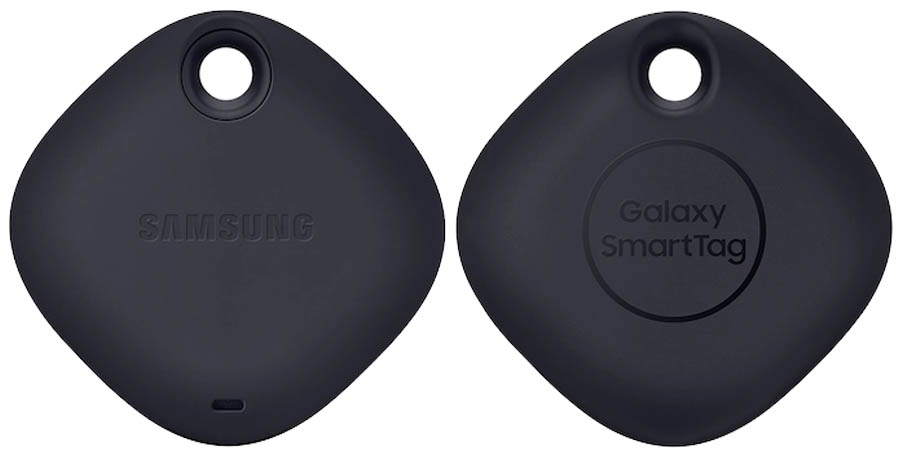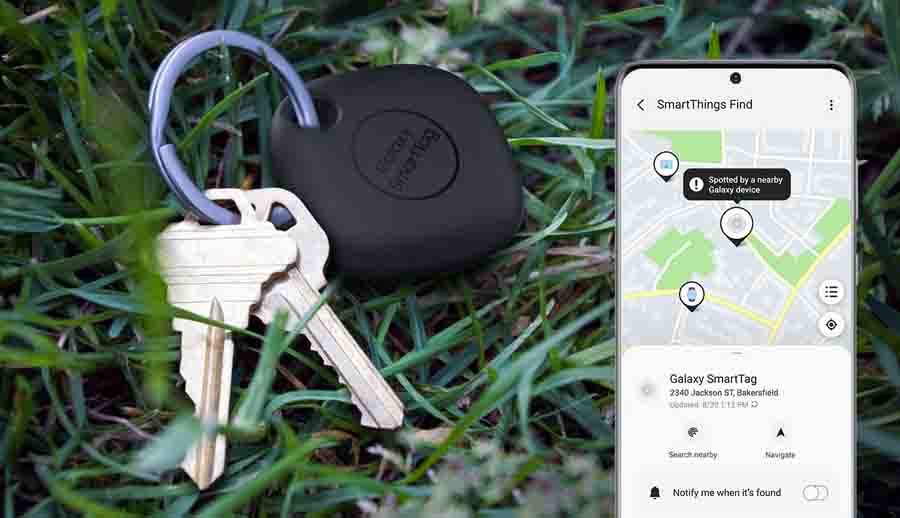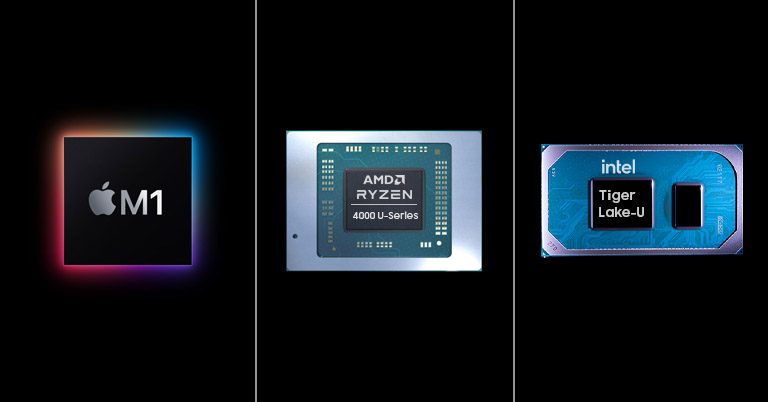Thin-and-light laptops deliver an exceptional level of portability but lack the sheer fire-power compared to full-fledged gaming or content-creation alternatives. For the foreseeable future, this statement is bound to hold true. However, it doesn’t mean the ultraportables are a total disappointment. In fact, the processors inside today’s notebooks and Ultrabooks bring an extraordinary level of power. And it only gets better with every new iteration. In this article, we’ll be comparing the Apple M1, AMD Renoir, and Intel Tiger Lake CPUs.
Apple M1 vs AMD Renoir vs Intel Tiger Lake
Apple’s switch to Arm
Recently, Apple decided to cut ties with Intel’s x86 processors for its in-house silicon based on Arm design—a first for the company. This anticipated move from Cupertino was received high praise as the Apple M1 chip blew the competition out of the water. So this is how Intel’s superiority dies… with thunderous applause. I freaking love the prequels, sue me.
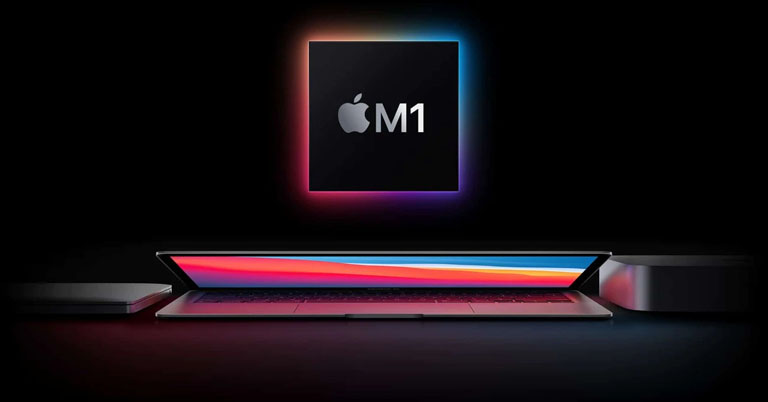
Anyway, the new MacBook Air, Pro, and Mac mini powered by the said silicon is absolutely flying off the shelves in what has turned out to be one of the most successful gambles in Apple’s history.
AMD Ryzen 4000-series
However, the x86 world isn’t that far behind either. And if you’re in the Windows ecosystem, there are great options when it comes to portable laptops too—powered by either AMD or Intel processors. You might already be familiar with Team Red’s Ryzen 4000-series of CPUs by now which shared a similar story to Apple’s triumph against Intel. Codenamed Renoir, these processors successfully managed to once again establish AMD has a household name in the world of computing. Independent benchmarks and reviews signified its dominance over Intel’s existing Coffee Lake lineup of CPUs.
Intel Tiger Lake mobile
While Team Blue was admittedly falling behind the competition (which it still is), the company did launch 11th-gen Tiger Lake-U processors in late Q3 2020 for ultraportable laptops. It is based on the new Willow Cove microarchitecture but is still manufactured under a 10nm (10SF) process while AMD’s Renoir and Apple’s M1 chip have evolved to significantly more power-efficient 7nm and 5nm process node respectively. Despite this, Intel claimed that the 11th-gen Intel CPUs were “the world’s best processor for thin and light laptops.”
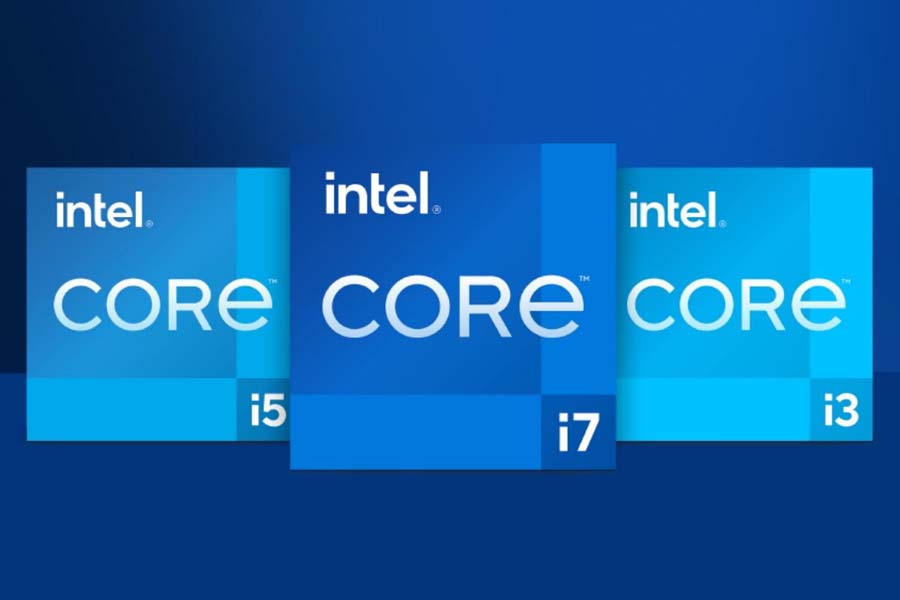
Regardless, with three distinct CPUs claiming the crown for the best silicon for lightweight laptops, we wanted to test out which one actually holds up the claim. So, we ran a few benchmarks to determine their performance level. For this, we picked the Apple M1 chip (8 core CPU, 8 core GPU) on the MacBook Pro, AMD Ryzen 7 4700U (8 cores, 8 threads), an Intel Core i7-1185G7 (4 cores, 8 threads). Let’s first take a brief peek at their specs:
|
Apple M1 Chip |
AMD Ryzen 7 4700U |
Intel Core i7-1185G7 |
| Lithography |
5nm |
7nm FinFET |
10nm SuperFin |
| Microarchitecture |
Firestorm and Icestorm |
Zen 2 |
Willow Cove |
| CPU Cores/Threads |
8 cores (thread count unspecified) |
8 cores/8 threads |
4 cores/8 threads |
| GPU Cores |
8 cores |
7 cores |
Unspecified |
| L2 Cache |
12MB (Performance)
4MB (Efficient) |
4MB |
4x 1.25MB |
| L3 Cache |
N/A |
8MB |
12MB |
| cTDP |
Unspecified |
10-25W |
12-28W |
| Base Clock |
Unspecified |
2.0GHz |
1.2-3GHz |
| Boost Clock (single-core) |
Unspecified |
4.1GHz |
4.8GHz |
| Graphics Model |
8 core Apple GPU |
AMD Radeon Graphics |
Intel Iris Xe |
| GPU Frequency |
Unspecified |
1600MHz |
1350MHz |
| PCIe Gen |
4.0 |
3.0 |
4.0 |
Test devices:
And here are the laptops that we used to run the following benchmarks:
Cinebench R23: Apple M1 vs AMD Renoir vs Intel Tiger Lake
The first test we ran was Cinebench R23. This is the latest version of the popular benchmarking platform that supports Apple’s M1 chip. It only tests the CPU capabilities of the system including its ability to handle real-world 3D tasks. This CPU-based rendering benchmark tool can tell how fast and how efficiently your system’s processor can render a scene by using a single or all cores.
| Cinebench R23 |
M1 |
Ryzen 7 4700U |
Core i7-1185G7 |
| Single Core |
Time
(1st cycle) |
8 minutes 44 seconds |
10 minutes 58 seconds |
9 minutes 5 seconds |
Total Time
(2 cycles) |
17 minutes 28 seconds |
21 minutes 57 seconds |
18 minutes 4 seconds |
| Score |
1520 |
1200 |
1474 |
| Multi-Core |
Time
(1st cycle) |
1 minute 35 seconds |
1 minute 54 seconds |
2 minutes 25 seconds |
Total Time
(6 cycles) |
10 minutes 7 seconds |
11 minutes 20 seconds |
12 minutes 28 seconds |
| Score |
7792 |
7048 |
5312 |
| MP Ratio |
5.13x |
5.87x |
3.60x |
- Time Taken: Lower is Better
- Score: Higher is Better
In this test, as expected, Apple’s M1 turned out victorious in terms of both: single-core and multi-core performance. What Apple has managed to achieve with the Arm design is truly commendable. Add power efficiency into the mix and this silicon becomes an undisputed champion in every sense of the word. Intel’s Tiger Lake beating AMD’s Renoir CPU in terms of single-core performance comes as a surprise.

Considering how most lightweight tasks which is the primary use case of a thin-and-light laptop are optimized for single-core, what Intel is offering is indeed quite good. However, if you’re into photo/video editing or other heavy workloads, its multi-core performance pales in comparison to the Apple and AMD counterparts.
Geekbench 5: Apple M1 vs AMD Renoir vs Intel Tiger Lake
Moving on, the second test that we ran was Geekbench 5. It is one of the most popular processors benchmarking tools that scores both CPU and GPU performance. This program runs various tests one after another and depending on how long your system manages to complete the tests, gives out an appropriate score.
| Geekbench 5.3.1 |
M1 |
Ryzen 7 4700U |
Core i7-1185G7 |
|
CPU |
Time |
1 minute 35 seconds |
2 minutes 5 seconds |
1 minute 53 seconds |
| Single Core |
1739 |
1099 |
1533 |
| Multi-Core |
7642 |
4782 |
4920 |
| Compute (OpenCL) |
Time |
40.27 seconds |
59.57 seconds |
45.60 seconds |
| Score |
19100 |
10696 |
17115 |
- Time Taken: Lower is Better
- Score: Higher is Better
In terms of CPU performance, Geekbench 5 results paint a similar picture as Cinebench R23. Surprisingly, Intel’s i7-1185G7 outscores the Ryzen 7 4700U in our test instance. Getting to GPU performance, however, Tiger Lake’s Iris Xe wins against the Radeon graphics by a landslide—while Apple’s M1 takes the crown in this department as well.

With this, we can say that Intel’s wild claims about up to 4.5x better graphics performance on 11th-gen processors are somewhat valid. Plus, it’s also disappointing to see that AMD has stuck with the same graphics setup in the newly announced Ryzen 5000 “Cezanne” series of mobile processors. It does bring the new Zen 3 microarchitecture (in some models) which is exciting, but most of us were hoping to see RDNA 2 in action as well.
Unigine: Apple M1 vs AMD Renoir vs Intel Tiger Lake
Next up, we ran the Unigine Heaven and Unigine Valley benchmarks. Both of them are GPU-intensive tests that can determine the stability of a GPU. Here, Unigine Heaven supports DirectX 9, DirectX 11, and OpenGL 4.0 APIs. Both of these even support stereo 3D and multi-monitor configurations. Before diving into how these processors performed, allow me to mention the parameters applied for the test.
|
Unigine Heaven |
Unigine Valley |
| API |
OpenGL |
OpenGL |
| Quality |
High |
High |
| Tessellation |
Extreme |
N/A |
| Stereo 3D |
Disabled |
Disabled |
| Multi-monitor |
Disabled |
Disabled |
| Anti-aliasing |
x2 |
x2 |
| Full Screen |
Yes |
Full |
| Resolution |
System |
System |
Now on to the actual scores:
| Unigine |
M1 |
Ryzen 7 4700U |
Core i7-1185G7 |
| Heaven |
Valley |
Heaven |
Valley |
Heaven |
Valley |
| Time |
4 minutes 18 seconds |
3 minutes 8 seconds |
4 minutes 18 seconds |
3 minutes 8 seconds |
4 minutes 18 seconds |
3 minutes 8 seconds |
| FPS |
38.7 |
59.1 |
10.8 |
11.1 |
24.6 |
30.4 |
| Score |
976 |
2473 |
272 |
465 |
619 |
1271 |
| Min FPS |
9.1 |
32.6 |
4.9 |
4.9 |
6.8 |
17.5 |
| Max FPS |
82.2 |
96.1 |
21.0 |
19.7 |
52.6 |
53.5 |
- Time Taken: Lower is Better
- Score: Higher is Better
Looking at the table above, we can clearly see that Apple M1 has a dominant GPU among the three. Following it is Intel’s Iris Xe while the AMD Radeon graphics once again comes in third.
GFXBench: Apple M1 vs AMD Renoir vs Intel Tiger Lake
The final benchmark that we ran was GFXBench. It is a pretty popular cross-API 3D graphics benchmarking program.

It tests the GPU capability of your system under different scenarios like gaming, rendering, OpenGL ES 3.0, ALU (Arithmetic Logic Unit) performance, etc. Here are a few results from the GFXBench test. Like other GPU benchmarking tools we’ve tried, GFXBench pens a familiar verdict.
| GFXBench |
M1 |
Ryzen 7 4700U |
Core i7-1185G7 |
| Time |
19 minutes 34 seconds (2 tests unavailable) |
23 minutes 51 seconds |
22 minutes 15 seconds |
| Aztec Ruins 1440p – High Tier (Offscreen) |
5246.58 frames (81.5953 fps) |
1097.35 frames (17.0662 fps) |
2838.53 frames (44.1449 fps) |
| Car Chase 1080p (Offscreen) |
10554.3 frames (178.584 fps) |
2216.22 frames (37.4996 fps) |
6283.96 frames (106.328 fps) |
| Manhattan 3.1 1080p (Offscreen) |
17091.7 frames (275.672 fps) |
3039.19 frames (49.0919 fps) |
8379.54 frames (135.514 fps) |
| ALU 2 1080p (Offscreen) |
18001.4 frames (300.023 fps) |
9964.87 frames (166.081 fps) |
32352.5 frames (539.208 fps) |
| Driver Overhead 2 1080p (Offscreen) |
14869.8 frames (247.829 fps) |
5157.14 frames (85.9523 fps) |
8803.07 frames (146.718 fps) |
| Texturing 1080p (Offscreen) |
71172 MTexel/s (53.7576 fps) |
49647 MTexel/s (116.99 fps) |
15541 MTexel/s (32.474 fps) |
- Time Taken: Lower is Better
- Score: Higher is Better
Apple M1 vs AMD Renoir vs Intel Tiger Lake: Verdict
So, from all this, we can conclude that Apple’s M1 chip is the unmatched performance champ in terms of both: CPU and GPU when it comes to thin-and-light laptops for now. The new AMD Cezanne processors could up the ante in terms of CPU performance but since the company disappointingly didn’t make an effort on the graphics front, it’s left us wanting for more.






